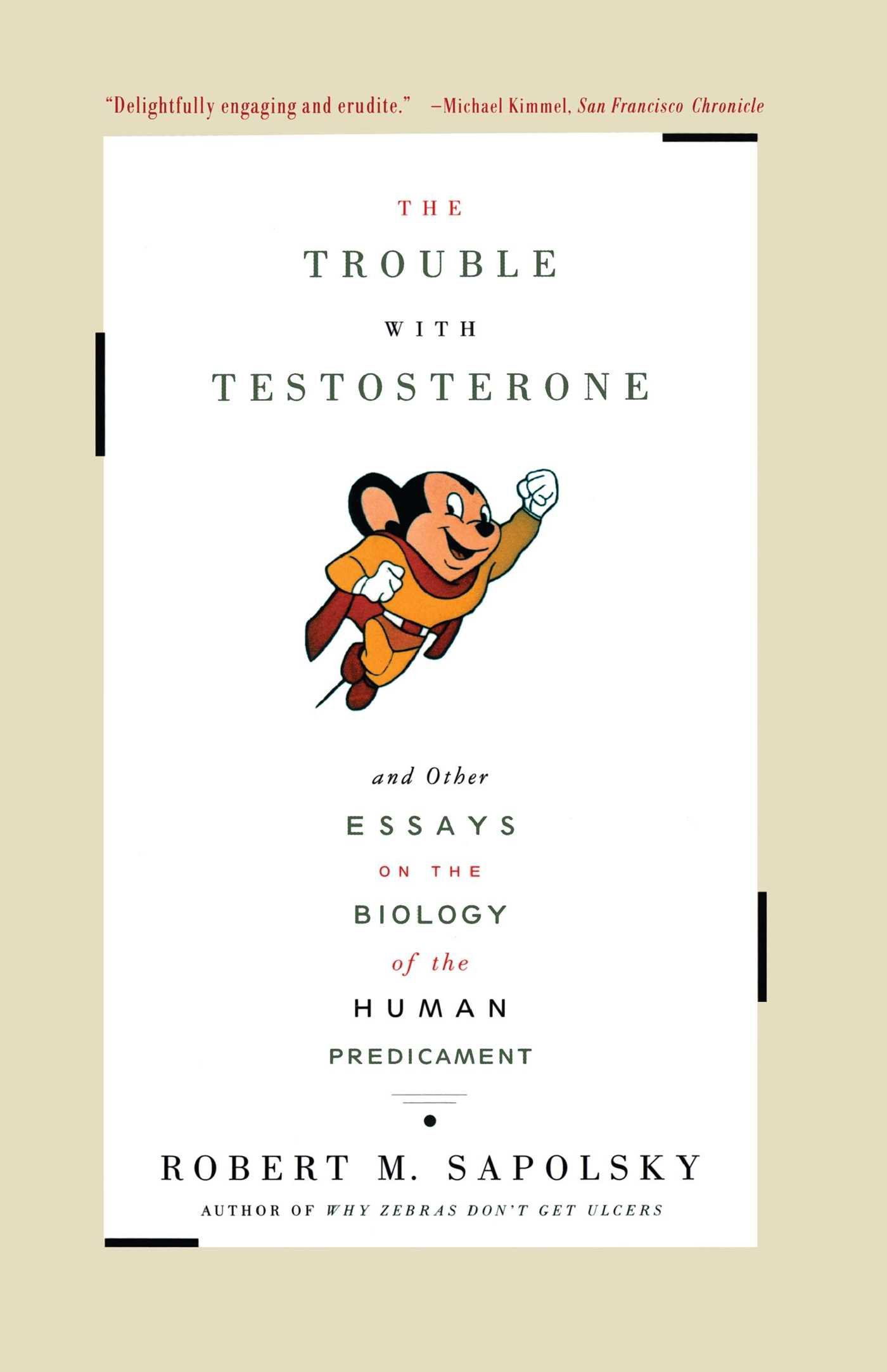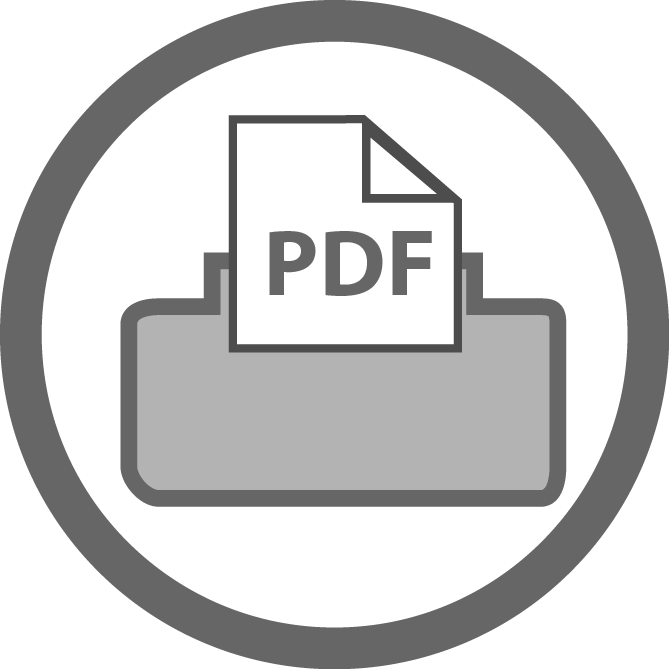 by Robert Sapolsky (pages 155–124)
by Robert Sapolsky (pages 155–124)
Historically, the poor have dominated the autopsy supply. Since poverty is associated with chronic stress, this nonrandom sample led medical students to make assumptions that resulted in the detrimental treatment of SIDS. This article illustrates the need for accurate, random sampling and caution when deciding what is “normal.”
Strategies/Skills Used
Reading Strategy 1: Access background information.
Reading Strategy 2: Predict what will be learned or what will happen.
Reading Strategy 3: Figure out unknown words.
Reading Strategy 7: Determine the most important ideas and events and the relationship between them.
Reading Strategy 8: Extract information from text, charts, graphs, maps and illustrations.
Reading Strategy 9: Identify and interpret literary elements in different genres.
Reading Strategy 10: Summarize what has been read.
Writing Skill 1: I generate ideas in a variety of ways.
Writing Skill 2: I organize my ideas based on my purpose for writing.
Writing Skill 3: I use a variety of sentence lengths and patterns.
Writing Skill 4: I write so my thoughts flow smoothly and are easy to read.
Writing Skill 5: I carefully choose the most effective words to express my ideas.
Writing Skill 8: I re-read, reflect, revise and edit.
 TEACHING THE ACTIVITY: PRE-READING
TEACHING THE ACTIVITY: PRE-READING
(1) Following the Character Web framework (and in place of listing qualities/characteristics of a character), bring in objects that depict how scientists obtain information and how they confirm if it is correct or not.
 (2) Hand out the Character Attributes Web, and have students create a detailed web of assumptions about the topic based on the presented objects.
(2) Hand out the Character Attributes Web, and have students create a detailed web of assumptions about the topic based on the presented objects.
 (3) Watch the video “Veritasium 2, 4, 8” and provide time for students to add any additional ideas to their web.
(3) Watch the video “Veritasium 2, 4, 8” and provide time for students to add any additional ideas to their web.
(4) Discuss as a class, “Why do we try and disprove what we think is true?”
(5) Have students record their response to this question in another Character Web on the reverse side of their Character Attributes Web page.
 TEACHING THE ACTIVITY: DURING READING
TEACHING THE ACTIVITY: DURING READING
(6) Divide the text into five or six logical sections and divide your class into the same number of groups.
(7) Follow the Jigsaw activity to have students work as a group to become experts on their section.
(8) Direct students to focus their attention while reading on any information that talks about how the information of the thymus gland was collected. Have students use Bookmark to highlight this information and decide on the main points of their section of text.
(9) Move students into new groups, with one person from each of the initial groups remaining to discuss and teach the others the main points of that section of text.
(10) Have students return to their original groups to summarize the text, and have a class discussion about the assumptions that were made in the reading.
 TEACHING THE ACTIVITY: POST-READING
TEACHING THE ACTIVITY: POST-READING
(11) Discuss as a class where the errors in data collection occurred and what could have been done to prevent their mistaken diagnoses.
(12) Using the Research Report (Using Research Quest) strategy, guide students to researching another mistake that has been made in medicine because of inadequate data collection.
(13) Model expectations of how students should recognize and cite reliable resources.
(14) Develop with the class clear criteria for an effective research paper to ensure the understand the expectations.
(15) Provide opportunities to reflect on the research process and time for students to share their draft copy with a peer for feedback prior to completing a final copy.
 TEACHING THE ACTIVITY: POST-READING EXTENSIONS
TEACHING THE ACTIVITY: POST-READING EXTENSIONS
(16) Have students create a multi-media presentation (PowerPoint, slide show, wiki, etc.) to communicate the information found in their research about scientific errors that have impacted medical procedures.
(17) ExteStudents may also collaborate on research and writing with a partner, using Google Docs to allow for online, real-time sharing.